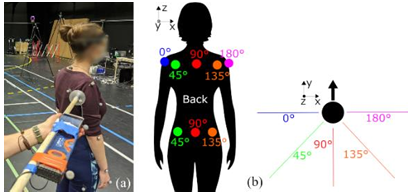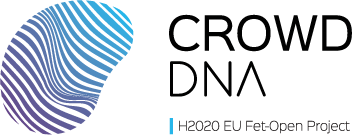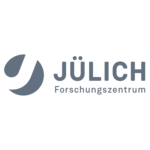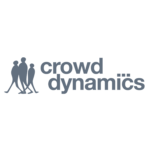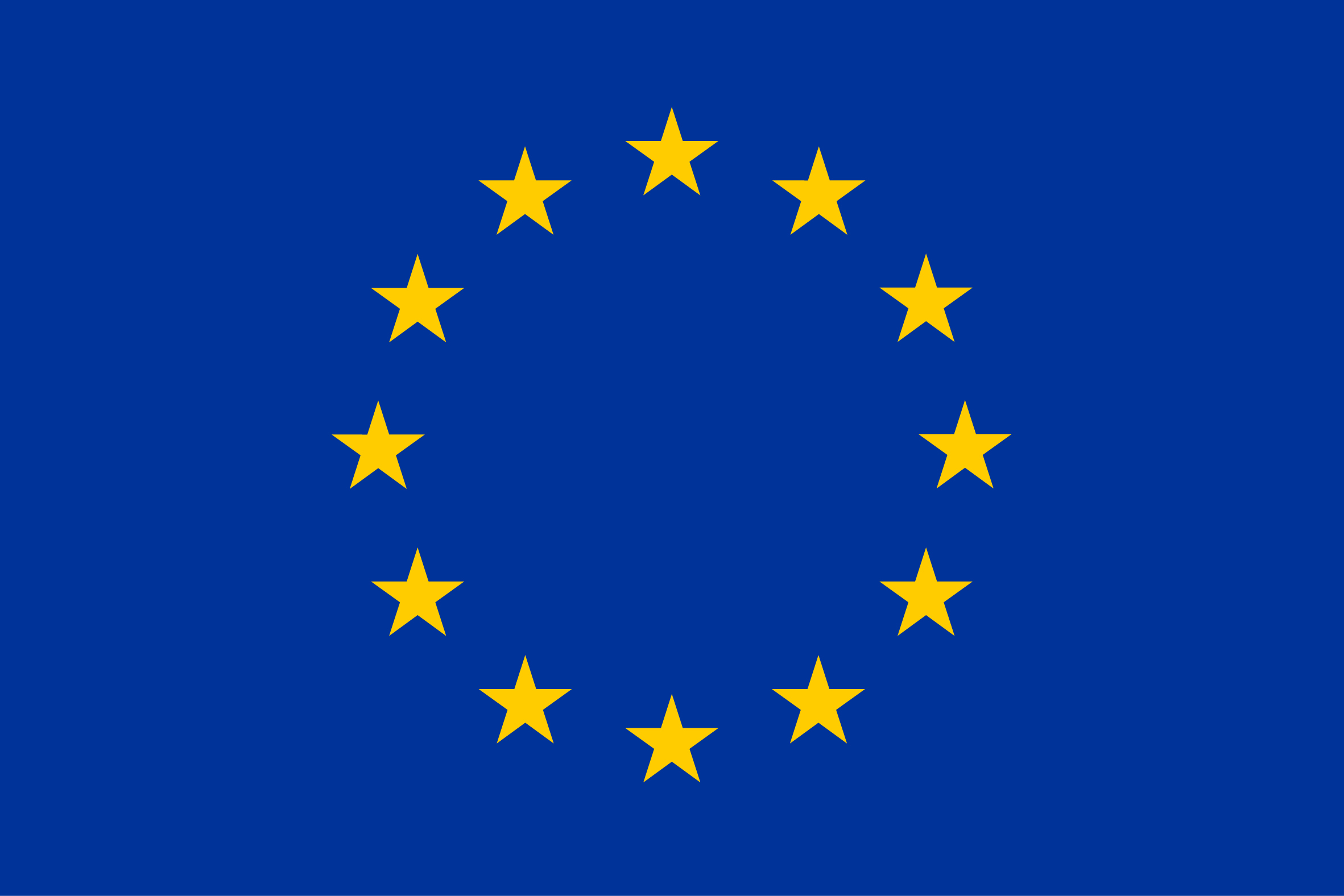Thomas Chatagnon, Anne-Hélène Olivier, Ludovic Hoyet, Julien Pettré, Charles Pontonnier. Modeling physical interactions in human crowds: a pilot study of individual response to controlled external pushes. Computer Methods in Biomechanics and Biomedical Engineering, Taylor & Francis, 2021, pp.1-2. ffhal-03273814f
Dense crowds are complex environments in which obtaining meaningful metrics to understand and predict general behavior can be really challenging. Modelling such phenomena requires to consider local interactions such as local contacts and resulting motion. Dense crowds are generally found in cultural, social or religious events (concerts, pilgrimages, giant sales…) in which many stimuli (pushes) may come from many directions on individuals, resulting in large motions of the crowd that can have tragic outcomes. At the same time, individuals may be focused on many other cognitive distractions (e.g. music, video) that may affect their response to these stimuli. Following works on push recovery and on reaction to external perturbations (Robert et al. 2018), we aimed
at relating the response of a subject to external perturbations for several situations, including potential distractions (by controlling the availability of some of their sensory inputs).

